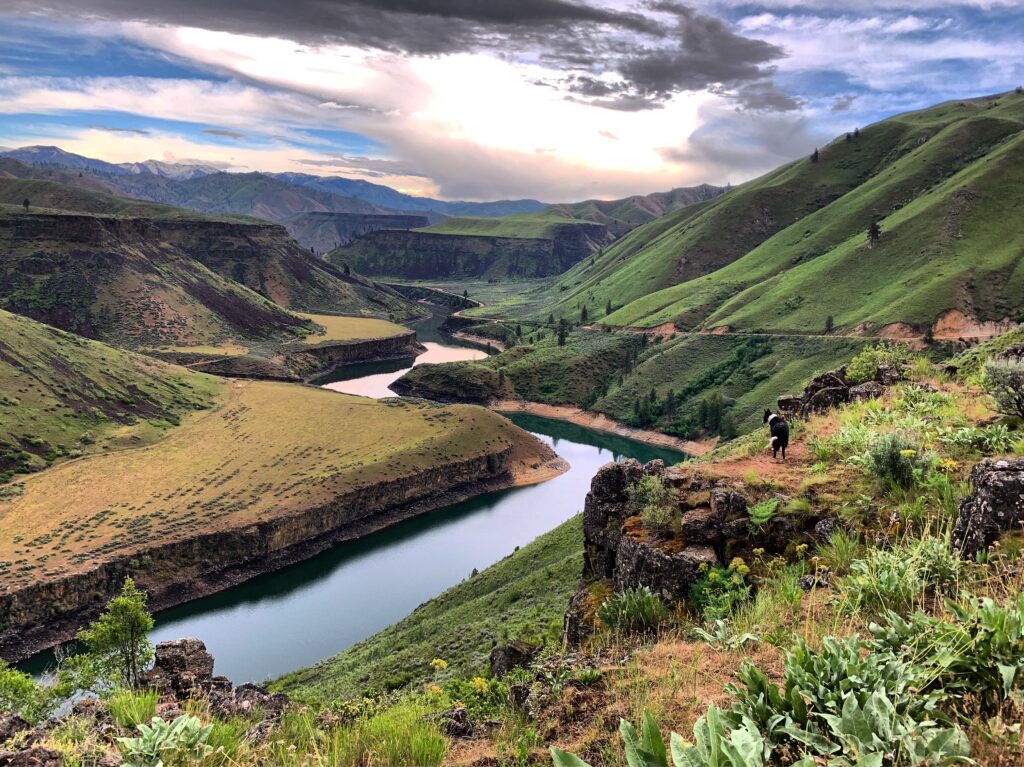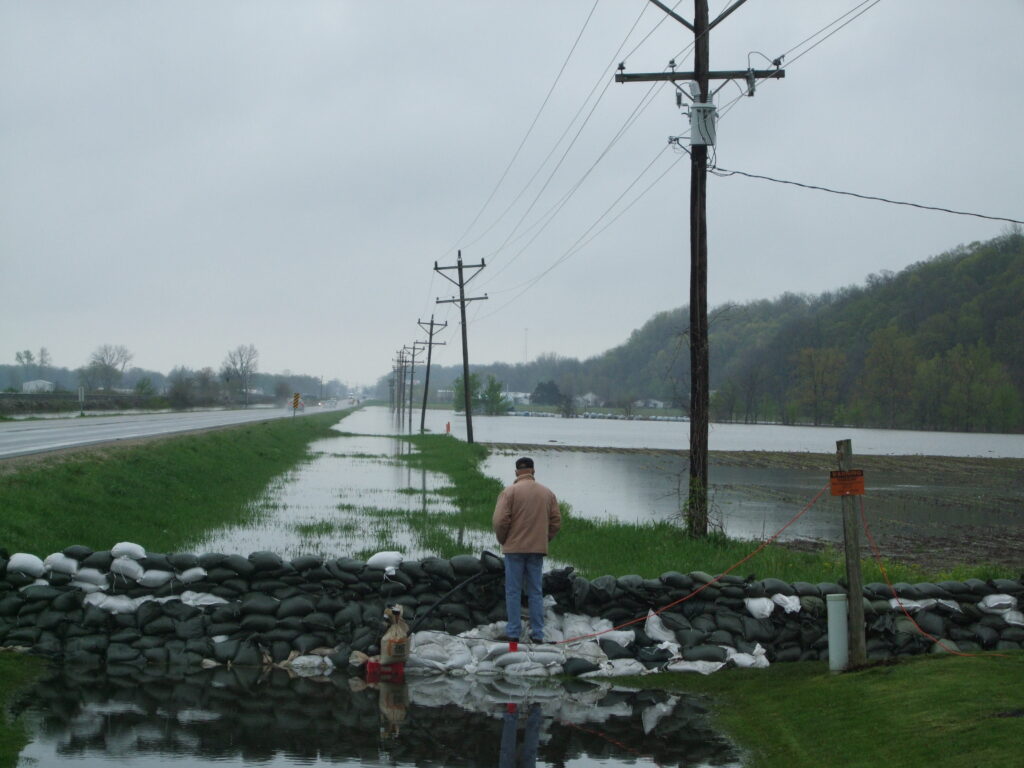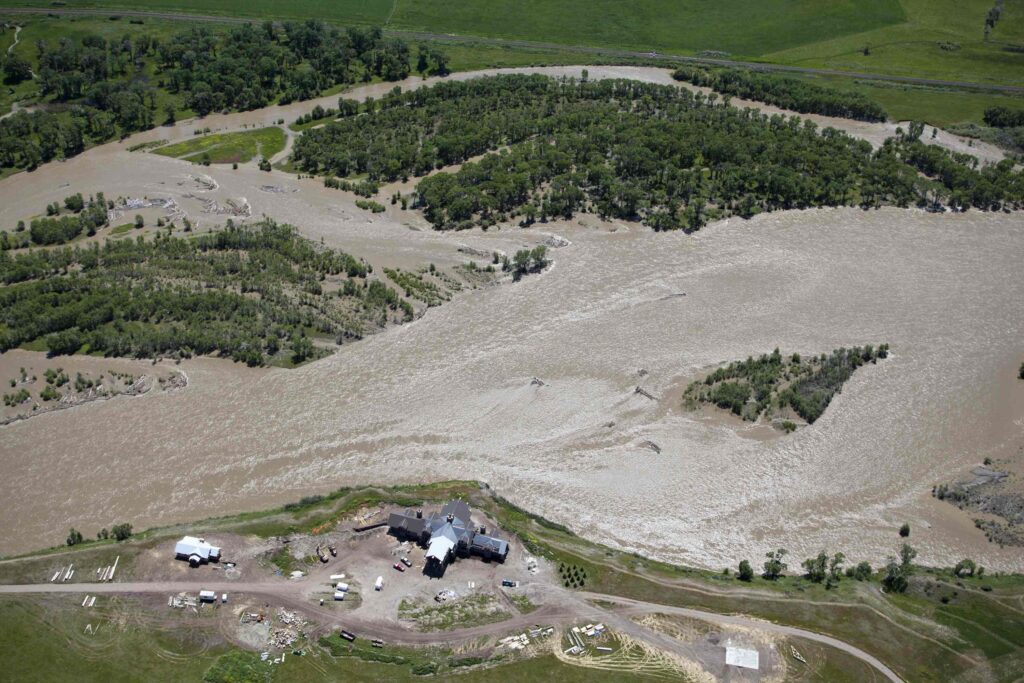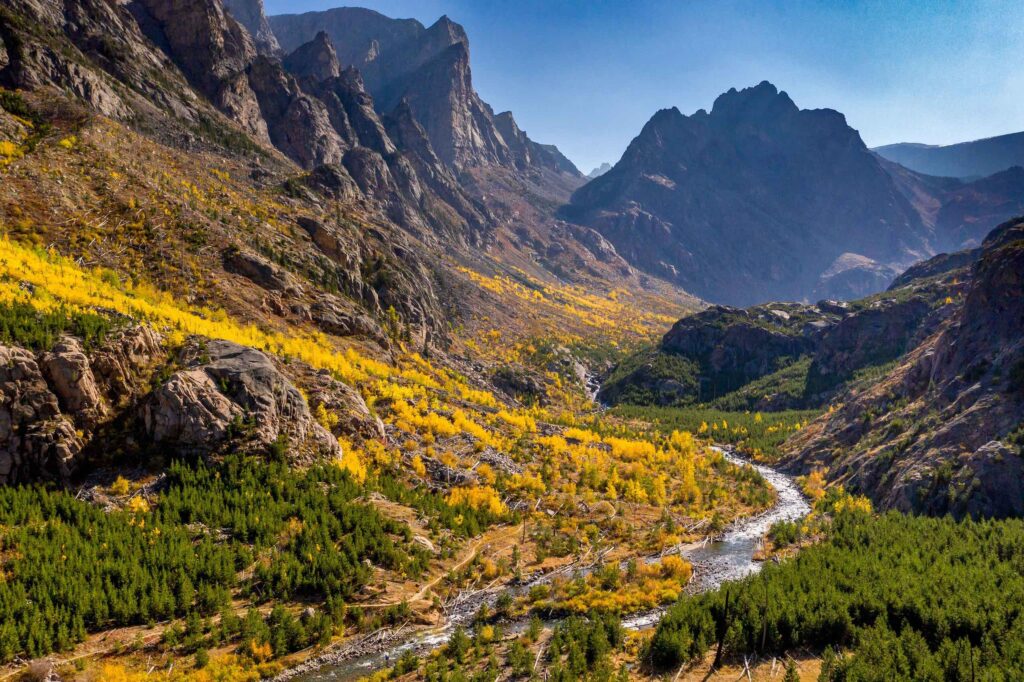
Today marks the 55th anniversary of the Wild and Scenic Rivers Act (WSRA) – one of our nation’s landmark conservation laws. Rivers that are designated as Wild and Scenic receive the highest level of protection in the United States – ensuring that future generations can enjoy their free-flowing nature, clean water, and outstandingly remarkable values.
Like many great conservation stories, the Wild and Scenic Rivers Act has its roots in Montana.
The Big Dam Era
The 1940s-1970s mark the era of large-scale hydroelectric dam building in the United States. In three short decades, more than seventy thousand dams were constructed along our nation’s waterways – including more than 150 large-scale dams along the Columbia, Colorado, and Missouri river basins. Once wild rivers in the west, they were rapidly being transformed into stair stepped reservoirs and human controlled rivers in order to support agriculture in the arid west and generate electricity to fuel fast growing metropolitan areas. While this feat of human ingenuity drove certain types of prosperity in certain places, it came with significant costs. For the first time in human memory, the Colorado River ran dry before reaching the Gulf of California. Once among the finest salmon fisheries on earth, the Columbia River Basin’s oceangoing fish, along with the Puget Sound Orcas which depend upon healthy salmon runs, faced the very real possibility of extinction. The decision to construct the dams also occurred with little to no consultation with Tribal Nations. No place was too sacred for large-scale hydro development projects – not even within Grand Canyon or Glacier national parks.
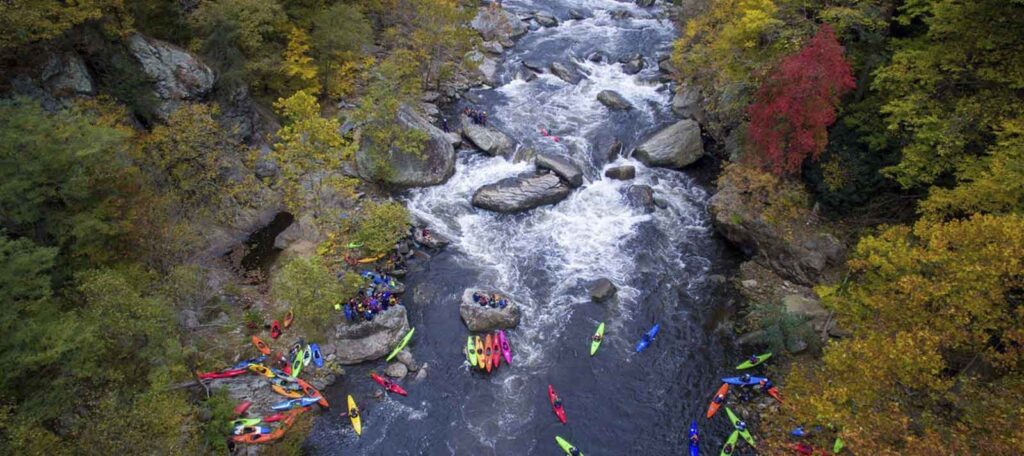
Let's Stay In Touch!
We’re hard at work for rivers and clean water. Sign up to get the most important news affecting your water and rivers delivered right to your inbox.
An idea is born – the Wild and Scenic Rivers Act
Wildlife biologists John and Frank Craighead came up with the idea for the WSRA while fighting the proposed Spruce Park Dam on the Middle Fork of the Flathead River and the Glacier View Dam, which would have inundated the North Fork Flathead River underneath a massive reservoir inside of Glacier National Park. Although these two projects were defeated, the Craigheads quickly realized natural rivers were becoming scarce, and that stopping one project simply pushed the problem elsewhere. A more systematic approach to river conservation was needed.
In a 1957 issue of Montana Wildlife, John Craighead made the case for protecting the Flathead as well as other rivers nationwide: “Rivers and their watersheds are inseparable, and to maintain wild areas we must preserve the rivers that drain them.”
The Craigheads organized, built community support, and engaged elected leaders from around the nation. With support from Interior Secretary Stewart Udall and senators Lee Metcalf (D-Montana), Frank Church (D-Idaho), and others – the Wild and Scenic Rivers Act passed the U.S. Senate unanimously and was signed into law by President Lyndon B. Johnson on October 2, 1968.
Montana & the Wild and Scenic Rivers Act Today
Today, Montana ranks 7th highest in the nation with a total of 408 miles of Wild and Scenic river miles on five segments – the Upper Missouri, the three forks of the Flathead, and East Rosebud Creek. Of Montana’s approximately 169,829 miles of rivers and streams, less than 0.02% have been protected as Wild and Scenic rivers. Since 1976, only 20 miles of one stream, East Rosebud Creek, has received new Wild and Scenic river protections. Meanwhile Idaho, Wyoming, and Utah have added nearly 1,000 miles of new Wild and Scenic rivers since 2009.
The next chapter – the Montana Headwaters Legacy Act
While Montana continues to lag behind our neighboring states in terms of Wild and Scenic river miles protected, the good news is that the Montana Headwaters Legacy Act (MHLA) is our opportunity to write the next chapter in our river conservation legacy.
Introduced by Senator Jon Tester during the last two Congresses, the MHLA would protect 20 streams totaling 385 river miles in the Greater Yellowstone Ecosystem. This includes iconic rivers such as the Yellowstone, Madison, and Smith by designating them as a part of the National Wild and Scenic River System. As Montana’s population continues to boom, the MHLA is our insurance policy to protect these rivers as they are today, for the future generations.
As we celebrate the 55th anniversary of the Wild and Scenic Rivers Act, let’s remember that river conservation is ultimately a story about people – folks who cared enough to raise their voices and take action. Will you help us write the next chapter?
Ask Rep. Zinke to support the Montana Headwaters Legacy Act! It only takes 90 seconds to make a difference! Together, we can protect the rivers that flow through our hearts and communities.
Thank you for taking action for Montana’s rivers!
